-
 Bitcoin
Bitcoin $117900
-1.56% -
 Ethereum
Ethereum $3572
-3.55% -
 XRP
XRP $3.110
-12.32% -
 Tether USDt
Tether USDt $1.000
0.00% -
 BNB
BNB $759.5
-2.41% -
 Solana
Solana $185.7
-7.50% -
 USDC
USDC $0.9999
0.00% -
 Dogecoin
Dogecoin $0.2362
-10.19% -
 TRON
TRON $0.3068
-2.19% -
 Cardano
Cardano $0.8019
-9.97% -
 Hyperliquid
Hyperliquid $42.98
-3.85% -
 Stellar
Stellar $0.4152
-11.84% -
 Sui
Sui $3.625
-8.72% -
 Chainlink
Chainlink $17.73
-8.16% -
 Hedera
Hedera $0.2423
-10.80% -
 Bitcoin Cash
Bitcoin Cash $503.8
-2.56% -
 Avalanche
Avalanche $23.44
-6.92% -
 Litecoin
Litecoin $110.1
-5.41% -
 UNUS SED LEO
UNUS SED LEO $8.962
-0.05% -
 Shiba Inu
Shiba Inu $0.00001360
-10.48% -
 Toncoin
Toncoin $3.118
-8.11% -
 Ethena USDe
Ethena USDe $1.001
-0.02% -
 Polkadot
Polkadot $4.061
-8.21% -
 Uniswap
Uniswap $9.902
-6.23% -
 Monero
Monero $313.2
-2.04% -
 Bitget Token
Bitget Token $4.650
-3.37% -
 Dai
Dai $0.0000
0.02% -
 Pepe
Pepe $0.00001246
-9.74% -
 Aave
Aave $286.4
-5.91% -
 Bittensor
Bittensor $416.2
-5.65%
Is the volume-price divergence of the time-sharing chart useful? How to seize the T+0 opportunity?
Volume-price divergence in time-sharing charts helps crypto traders spot early reversal signals by analyzing discrepancies between price and trading volume.
Jun 29, 2025 at 06:42 am
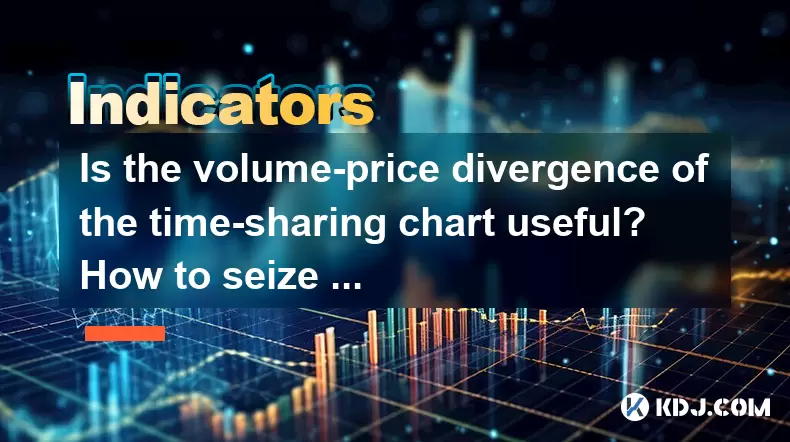
Understanding Volume-Price Divergence in Time-Sharing Charts
In the world of cryptocurrency trading, volume-price divergence is a key concept that can provide traders with critical insights into market sentiment. This phenomenon occurs when the price of an asset moves in one direction while its trading volume moves in the opposite direction. For instance, if the price of a cryptocurrency rises but the volume declines, it may indicate weakening buying pressure and potentially signal a reversal.
The time-sharing chart, often used for intraday analysis, allows traders to observe minute-by-minute changes in both price and volume. By closely monitoring these fluctuations, traders can detect early signs of a shift in momentum. Identifying such divergences is especially useful in fast-moving crypto markets where volatility can create rapid reversals or breakouts.
How to Interpret Volume-Price Divergence
Interpreting volume-price divergence requires careful observation of both the price chart and the volume histogram simultaneously. When the price reaches a new high but the volume fails to confirm this move with a corresponding peak, it suggests that fewer participants are supporting the uptrend.
- Bullish divergence appears when the price makes lower lows, but the volume forms higher lows, indicating increasing buying interest despite falling prices.
- Bearish divergence occurs when the price makes higher highs, but the volume makes lower highs, signaling diminishing selling pressure even as prices rise.
These patterns can be powerful indicators when combined with other technical tools like moving averages or relative strength index (RSI). However, they should not be used in isolation due to the highly speculative nature of cryptocurrencies.
Leveraging T+0 Trading Opportunities
T+0 trading refers to strategies where positions are opened and closed within the same trading day. In the context of cryptocurrency, which operates 24/7, T+0 can refer to trades executed and liquidated within a short window — sometimes just minutes or hours. To seize T+0 opportunities effectively, traders must act quickly based on real-time data from time-sharing charts.
Volume-price divergence serves as a timing tool. When divergence is spotted, it can be a signal to prepare for a potential entry point. For example, if a bullish divergence emerges during a downtrend, a trader might look to enter a long position once the price confirms a reversal through a breakout or candlestick pattern confirmation.
Key steps include:
- Monitoring multiple time frames, including 1-minute, 5-minute, and 15-minute charts.
- Setting up alerts for significant volume spikes or drops.
- Using order types like limit orders to automatically execute trades when certain conditions are met.
Practical Steps to Implement T+0 Strategy Using Volume-Price Divergence
Implementing a T+0 strategy around volume-price divergence involves several precise steps:
- Select a suitable trading pair with sufficient liquidity, such as BTC/USDT or ETH/USDT.
- Open a time-sharing chart with volume overlay enabled.
- Mark recent swing highs and lows to identify trend direction.
- Observe volume behavior at each price swing — compare current volume levels with previous swings.
- Look for discrepancies between price movement and volume flow.
- Wait for confirmation signals such as candlestick reversal patterns or support/resistance breaks before entering a trade.
- Set tight stop-loss orders to manage risk, especially given the volatile nature of crypto assets.
- Close the position manually or via take-profit orders once a favorable risk-reward ratio is achieved.
It's essential to backtest any strategy using historical data and practice in a demo environment before deploying real capital.
Common Pitfalls to Avoid
Despite its usefulness, volume-price divergence is not foolproof. One common mistake is acting on false signals caused by sudden news events or market manipulation. Cryptocurrency markets are prone to pump-and-dump schemes and whale activities that can distort normal price-volume relationships.
Another pitfall is overtrading. Since T+0 strategies involve frequent entries and exits, emotional decision-making can lead to impulsive trades. It’s crucial to maintain discipline and stick strictly to predefined rules.
Additionally, relying solely on volume without considering broader market context can result in poor decisions. Always cross-reference with other indicators and pay attention to macroeconomic factors affecting the crypto space.
Technical Tools That Enhance Accuracy
To improve the reliability of volume-price divergence signals, traders often combine them with additional tools:
- Moving Averages: Use short-term moving averages like the 9-period EMA to filter out noise and confirm trend direction.
- MACD: The Moving Average Convergence Divergence can help validate momentum shifts alongside volume changes.
- Order Book Analysis: Watching bid-ask spreads and depth can provide further insight into supply and demand dynamics.
- Time-Based Filters: Certain times of the day exhibit higher volatility; aligning your T+0 strategy with these periods can increase success rates.
These tools enhance decision-making by providing layers of validation before executing a trade.
Frequently Asked Questions
Q: Can volume-price divergence occur in all cryptocurrencies?
Yes, volume-price divergence can appear in any tradable asset, including all major cryptocurrencies. However, its effectiveness may vary depending on the liquidity and market maturity of the specific coin or token.
Q: How reliable is volume-price divergence compared to price action alone?
While price action provides direct insight into market behavior, volume adds context. Combining both gives a more comprehensive view. Volume can often warn of impending reversals before they're visible in the price itself.
Q: Is it possible to automate T+0 trading based on volume-price divergence?
Yes, many advanced traders use algorithmic systems to scan for divergence patterns and execute trades automatically. However, building such systems requires robust coding skills and access to reliable APIs.
Q: What time frame is best suited for spotting volume-price divergence in crypto trading?
Shorter time frames like 1-minute or 5-minute charts are commonly used for T+0 trading, but divergence can also be observed on longer intervals. The choice depends on the trader’s style and risk tolerance.
Disclaimer:info@kdj.com
The information provided is not trading advice. kdj.com does not assume any responsibility for any investments made based on the information provided in this article. Cryptocurrencies are highly volatile and it is highly recommended that you invest with caution after thorough research!
If you believe that the content used on this website infringes your copyright, please contact us immediately (info@kdj.com) and we will delete it promptly.
- Dogecoin's Resistance Retest: Parabolic Move on the Horizon?
- 2025-07-24 04:50:13
- BlockDAG, Dogecoin, and the $350M Presale Frenzy: What's Hot Now?
- 2025-07-24 04:50:13
- Crypto for the Clueless: Understanding Digital Assets for Non-Investors
- 2025-07-24 04:30:12
- Ethereum Meme Coin Presales: Pepeto & LilPepe Lead the Charge!
- 2025-07-24 04:35:12
- Chainlink (LINK) Price Breakout: Bullish Signals and Tokenization Trends
- 2025-07-24 02:50:12
- Chasing 1000x Gains: Your Summer Crypto Investment Guide
- 2025-07-24 02:50:12
Related knowledge
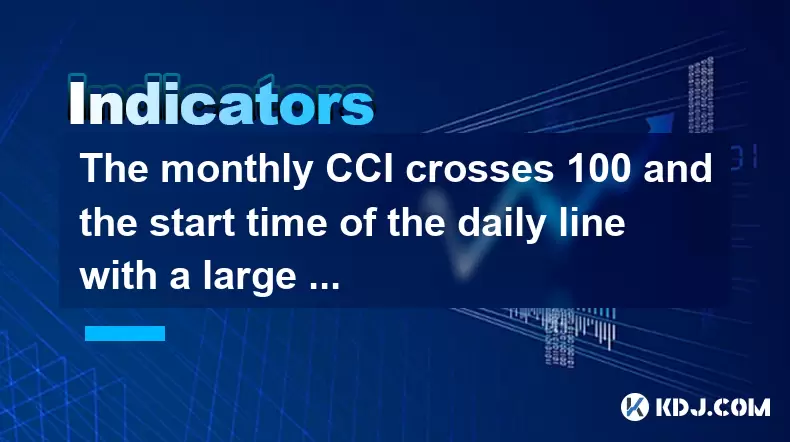
The monthly CCI crosses 100 and the start time of the daily line with a large volume positive line
Jul 24,2025 at 03:56am
Understanding the Monthly CCI Indicator and Its Significance at 100The Commodity Channel Index (CCI) is a momentum-based oscillator used to identify o...
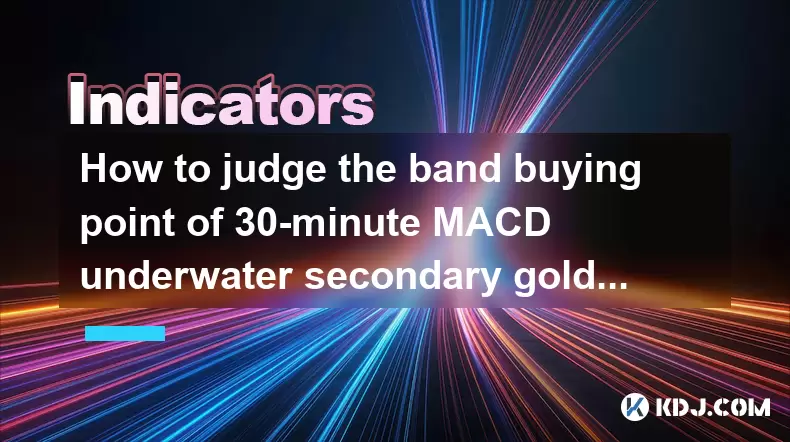
How to judge the band buying point of 30-minute MACD underwater secondary golden cross + 1-hour Yang line reverse?
Jul 24,2025 at 03:22am
Understanding the 30-Minute MACD Underwater Secondary Golden CrossThe 30-minute MACD underwater secondary golden cross is a technical signal used by t...
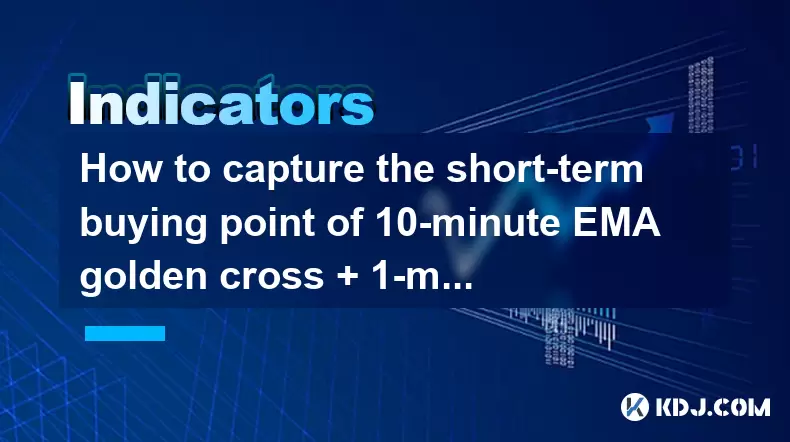
How to capture the short-term buying point of 10-minute EMA golden cross + 1-minute VOL double volume?
Jul 24,2025 at 03:28am
Understanding the Basics of Staking in CryptocurrencyStaking is a fundamental process in many blockchain networks that operate under the Proof-of-Stak...
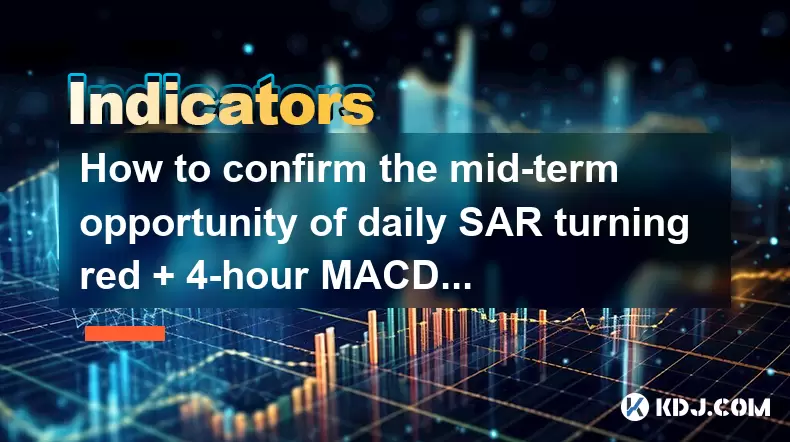
How to confirm the mid-term opportunity of daily SAR turning red + 4-hour MACD water double golden cross?
Jul 24,2025 at 02:56am
Understanding the SAR Indicator and Its Signal When Turning RedThe Parabolic SAR (Stop and Reverse) is a technical analysis tool used to identify pote...
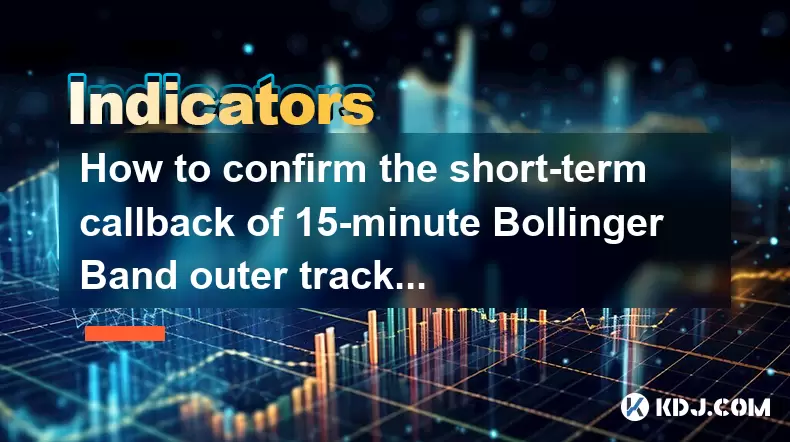
How to confirm the short-term callback of 15-minute Bollinger Band outer track return + 5-minute KDJ dead cross?
Jul 24,2025 at 03:35am
Understanding the Bollinger Bands and KDJ Indicator CombinationThe Bollinger Bands and KDJ indicators are two widely used tools in technical analysis ...
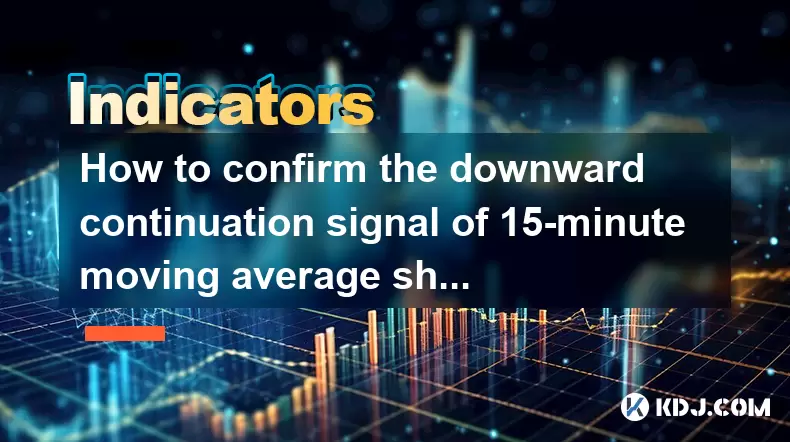
How to confirm the downward continuation signal of 15-minute moving average short arrangement + 5-minute negative line with large volume?
Jul 24,2025 at 04:07am
Understanding the 15-Minute Moving Average Short ArrangementIn cryptocurrency trading, identifying trend continuation signals is crucial for timing en...

The monthly CCI crosses 100 and the start time of the daily line with a large volume positive line
Jul 24,2025 at 03:56am
Understanding the Monthly CCI Indicator and Its Significance at 100The Commodity Channel Index (CCI) is a momentum-based oscillator used to identify o...

How to judge the band buying point of 30-minute MACD underwater secondary golden cross + 1-hour Yang line reverse?
Jul 24,2025 at 03:22am
Understanding the 30-Minute MACD Underwater Secondary Golden CrossThe 30-minute MACD underwater secondary golden cross is a technical signal used by t...

How to capture the short-term buying point of 10-minute EMA golden cross + 1-minute VOL double volume?
Jul 24,2025 at 03:28am
Understanding the Basics of Staking in CryptocurrencyStaking is a fundamental process in many blockchain networks that operate under the Proof-of-Stak...

How to confirm the mid-term opportunity of daily SAR turning red + 4-hour MACD water double golden cross?
Jul 24,2025 at 02:56am
Understanding the SAR Indicator and Its Signal When Turning RedThe Parabolic SAR (Stop and Reverse) is a technical analysis tool used to identify pote...

How to confirm the short-term callback of 15-minute Bollinger Band outer track return + 5-minute KDJ dead cross?
Jul 24,2025 at 03:35am
Understanding the Bollinger Bands and KDJ Indicator CombinationThe Bollinger Bands and KDJ indicators are two widely used tools in technical analysis ...

How to confirm the downward continuation signal of 15-minute moving average short arrangement + 5-minute negative line with large volume?
Jul 24,2025 at 04:07am
Understanding the 15-Minute Moving Average Short ArrangementIn cryptocurrency trading, identifying trend continuation signals is crucial for timing en...
See all articles

























































































